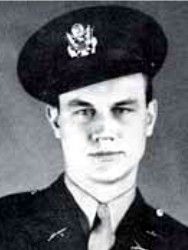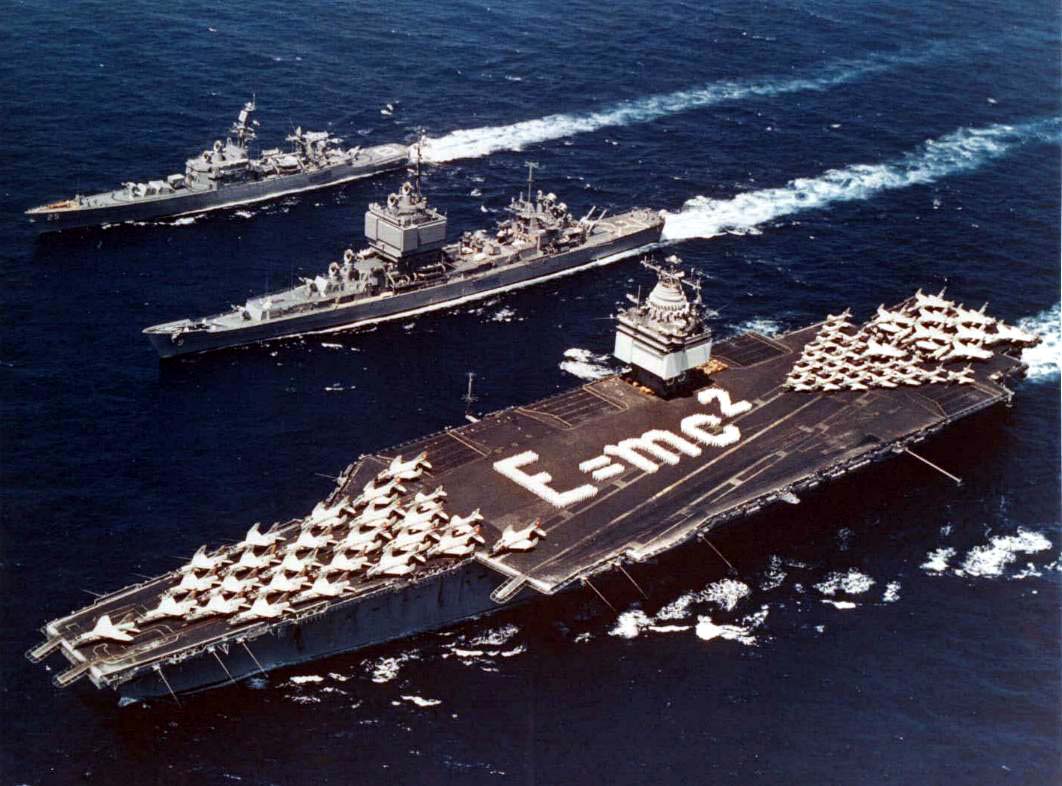July 31 in U.S. military history
1777: A month after arriving in the United States, the Marquis de Lafayette is commissioned “major general” in the Continental Army after offering to serve without pay. Lafayette will meet Gen. George Washington in five days, who is in Philadelphia to brief the Continental Congress on military affairs, then joins Washington’s staff and the two become close friends.
1942: (Operation WATCHTOWER) As Army Air Forces aircraft begin their week-long preparatory bombardment, 16,000 Marines of Maj. Gen. Alexander Vandegrift’s soon-to-be-famous First Marine Division board their landing craft and depart for the invasion of Guadalcanal – the first American offensive of World War II.

1943: As ten soldiers work to fill in a crater on a Sicilian road, the Americans come under machinegun fire from two enemy positions. Sgt. Gerry H. Kisters and his officer move forward to the first nest and captures the gun and its four operators. Then, Kisters closes in on the second gun – by himself. Although wounded five times during his approach, he kills three of the emplacement’s occupants and captures the second machinegun.
For his actions, Kisters is awarded the Medal of Honor. As he is presented with the nation’s top award, he is also awarded the Army’s second highest medal, the Distinguished Service Cross (DSC), for actions during a May, 1943 battle in Tunisia. Kisters is the first American to be awarded both the Medal of Honor and the DSC during World War II.
That same day on New Georgia, Pvt. Rodger W. Young’s men were ordered to fall back as the brass reorganized the defensive lines for the night. Suddenly, an enemy machinegun opens up on the soldiers, and Pvt. Young spots the gun through the foliage 75 yards away. Despite being wounded by the opening burst of fire, he he charges the enemy position as his fellow soldiers fall back. Wounded again on his approach, he reaches a distance where he can engage the enemy with grenades, but is finally cut down. Thanks to his sacrifice, Young’s teammates escape without injury and several Japanese soldiers are neutralized. Young is posthumously awarded the Medal of Honor.
1944: “Boldly penetrating the screen of a heavily escorted convoy, Comdr. [Lawson P. “Red” Ramage, skipper of the submarine USS Parche (SS-384)] launched a perilous surface attack by delivering a crippling stern shot into a freighter and quickly following up with a series of bow and stern torpedoes to sink the leading tanker and damage the second one. Exposed by the light of bursting flares and bravely defiant of terrific shellfire passing close overhead, he struck again, sinking a transport by two forward reloads. In the mounting fury of fire from the damaged and sinking tanker, he calmly ordered his men below, remaining on the bridge to fight it out with an enemy now disorganized and confused. Swift to act as a fast transport closed in to ram, Comdr. Ramage daringly swung the stern of the speeding Parche as she crossed the bow of the onrushing ship, clearing by less than 50 feet but placing his submarine in a deadly crossfire from escorts on all sides and with the transport dead ahead. Undaunted, he sent 3 smashing “down the throat” bow shots to stop the target, then scored a killing hit as a climax to 46 minutes of violent action with the Parche and her valiant fighting company retiring victorious and unscathed.”
Ramage, a two-time recipient of the Navy Cross, earned the Medal of Honor for his daring pre-dawn attack on the Japanese convoy. His crew was awarded the Presidential Unit Citation.
1945: Six days before the world’s first atomic bomb falls on Hiroshima, the U.S. government warns Japan that eight cities will be destroyed if they refuse to surrender. In addition to the “Little Boy” and “Fat Man” devices, another “special weapon” will come on line by August 19, with three projected to be ready in August and another three in September.
1964: The U.S. Navy’s all-nuclear Task Force One USS Enterprise (CVAN-65), USS Long Beach (CGN-9), and USS Bainbridge (DLGN-25) pass through the Straights of Gibraltar, beginning their 30,565-mile cruise around the world. Including port calls, the fleet crosses the globe — unrefueled — in just 65 days.
1971: Behind the wheel of NASA’s Lunar Roving Vehicle, Apollo 15 astronaut and former Air Force test pilot David R. Scott becomes the first human to drive on the moon.
